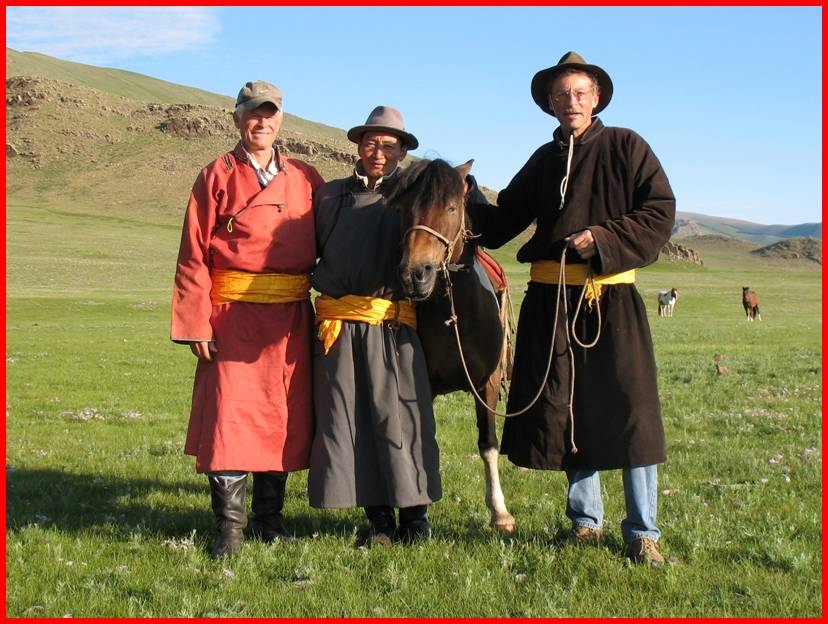I was told and had read that Xian is the most interesting city in China, and I was not disappointed. The taxi driver taking me to the hostel from the train station couldn’t figure out exactly where it was, somewhere in an alley hutong. Fortunately, two young students took me by the hand and led me to it ... one of the random acts of kindness that I repeatedly encountered throughout the trip that tempered the contrary negative experiences I sometimes had in China. The hostel turned out to be quite wonderful, very centrally located in the city center, inside the ancient wall which still extends completely around the inner city, near the bell tower and drum tower, and near the mosque and Muslim quarter. The service was excellent, with tourist information and good readily available food night and day. The atmosphere was warm and welcoming. And, I had a very nice, new, clean private room, with TV having a few English channels. I had only two days in Xian but managed to see many of the sights. On the first day I walked around the down town area and did some tourist shopping.
On the second day, I took a bus to see the terra cotta warriors. They were truly amazing. As you may have read, a local farmer in 1974 was digging a well and at 6 meters below the ground encountered some of the ruins. Instead of stealing them and selling them on the black market for a good price, he notified the authorities to ensure their proper preservation. So he has become a national hero. He was there, at the gift shop, signing copies of a book about the site. There were over 8000 terra cotta warriors discovered on the site, all of different individuals and military roles ... infantry, foot soldiers, generals, etc. 200,000 slaves and 70 sculptors constructed the terra cotta warriors, chariots, and horses on the site. The site was constructed by an emperor in the Qin dynastic around 200 BC who was the first to consolidate all of China. It was destroyed just 4 years later by an opposing army with a fire, collapsing the wooden structure covering the terra cotta figures and filling the site with soil that had been covering the wooden roof. The ensuing Han dynastic then used the site as a burial grounds and the Qin structure was soon forgotten until the farmer brought it to life.
On to Beijing for the next part of my journey.
"Do not go gentle into that good night, Old age should burn and rage at close of day; Rage, rage against the dying of the light." Dylan Thomas ................................. "We live in fame or go down in flame" Ozzie, formerly of the soda fountain at the Elmwood Drug Store, College Avenue, Berkeley, California .................................

Son Noah and Howard

Daughter Sarah
Wife Rebecca
Photos

Mongolian Adventurers: Leo Murray, Mongolian Horseman, and Howard
Video Clips
Thursday, July 22, 2010
Subscribe to:
Post Comments (Atom)
No comments:
Post a Comment